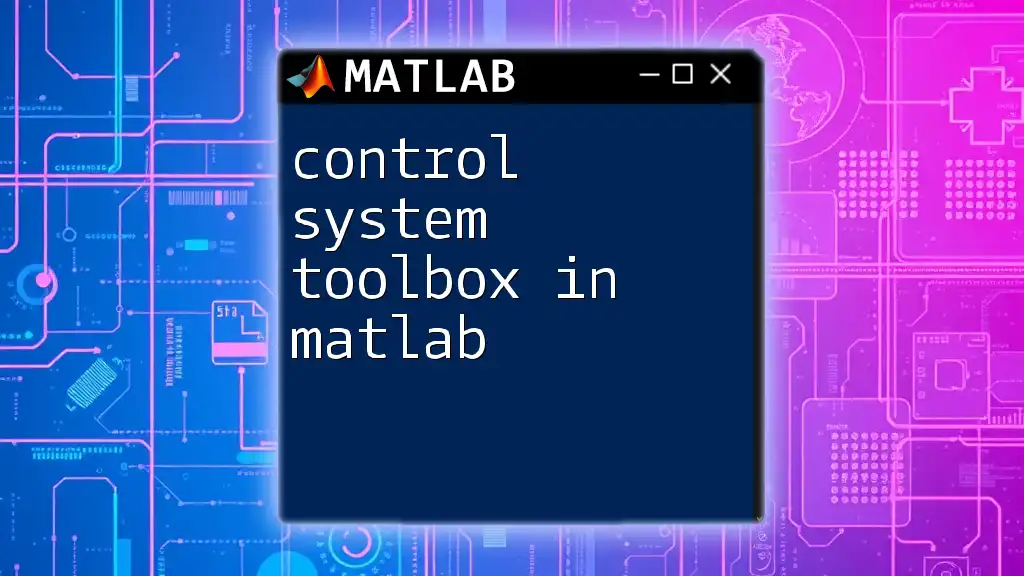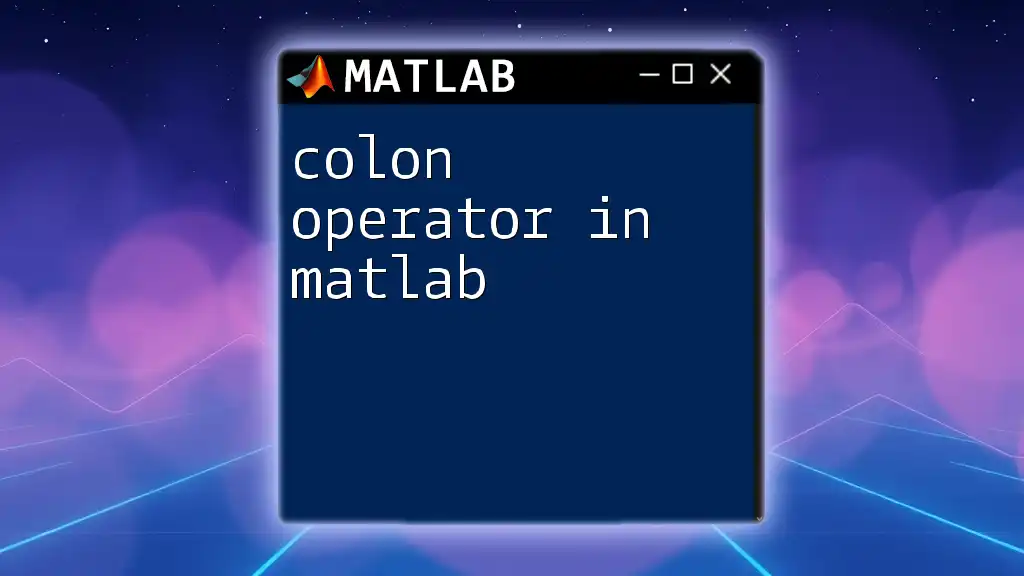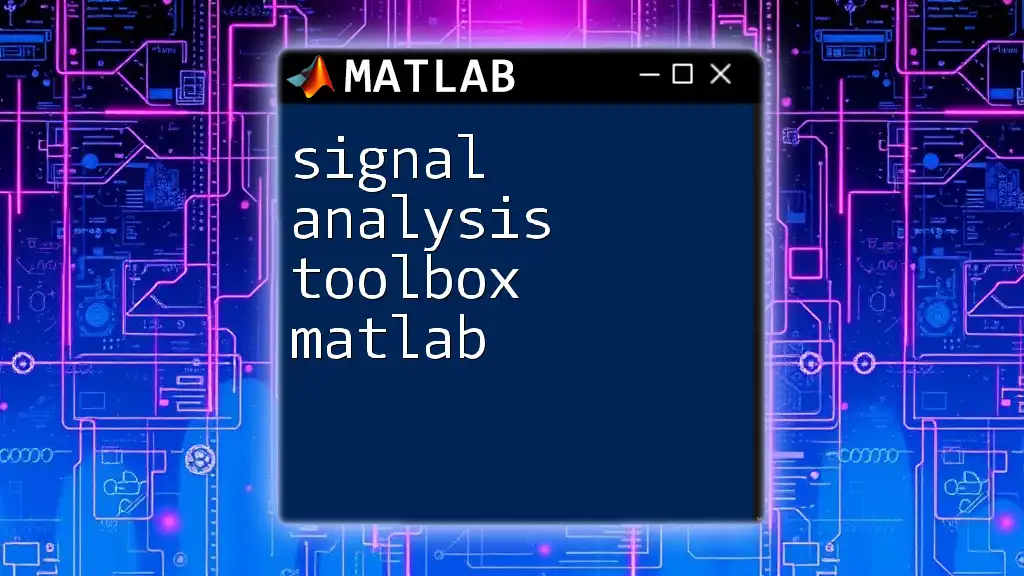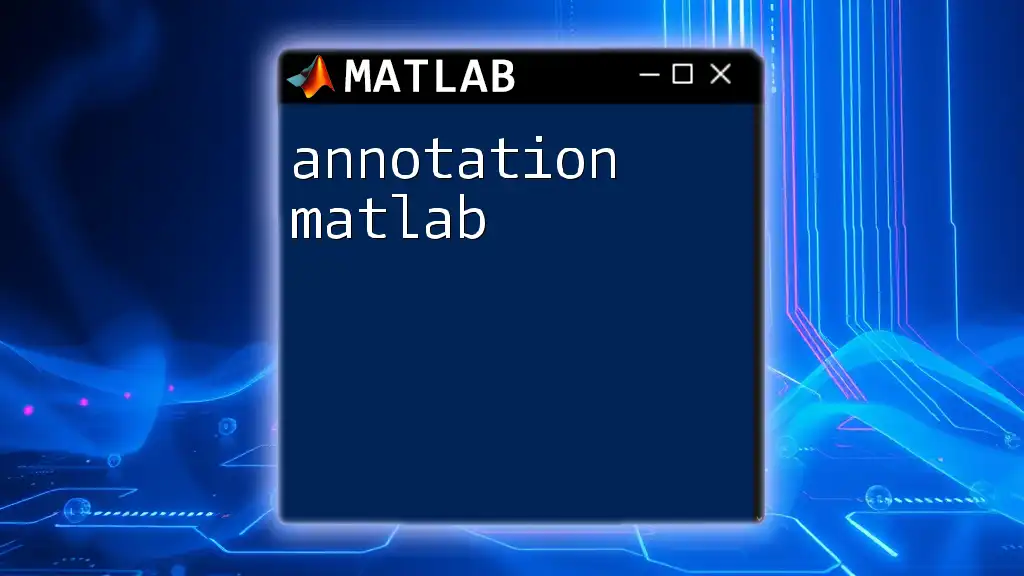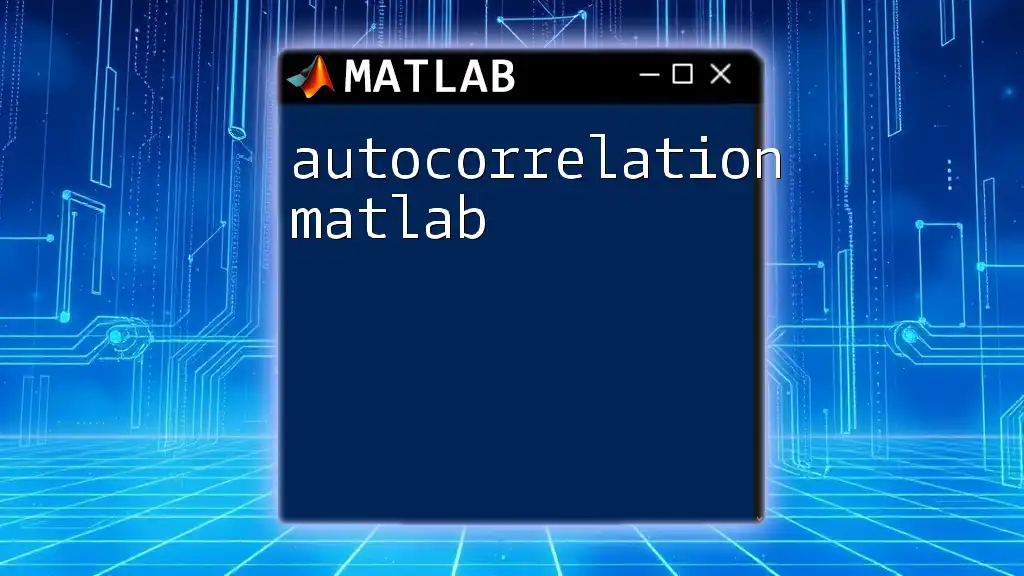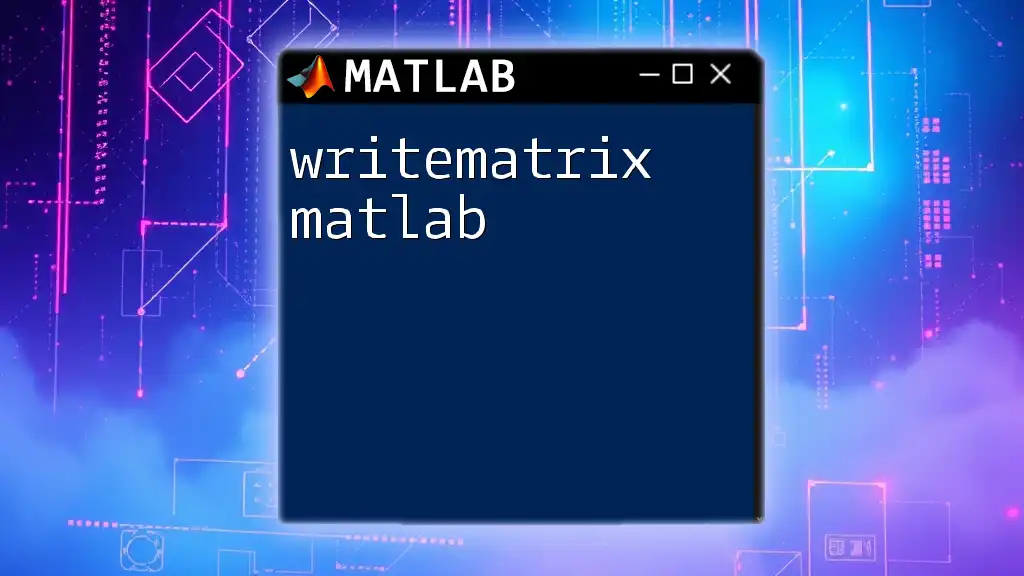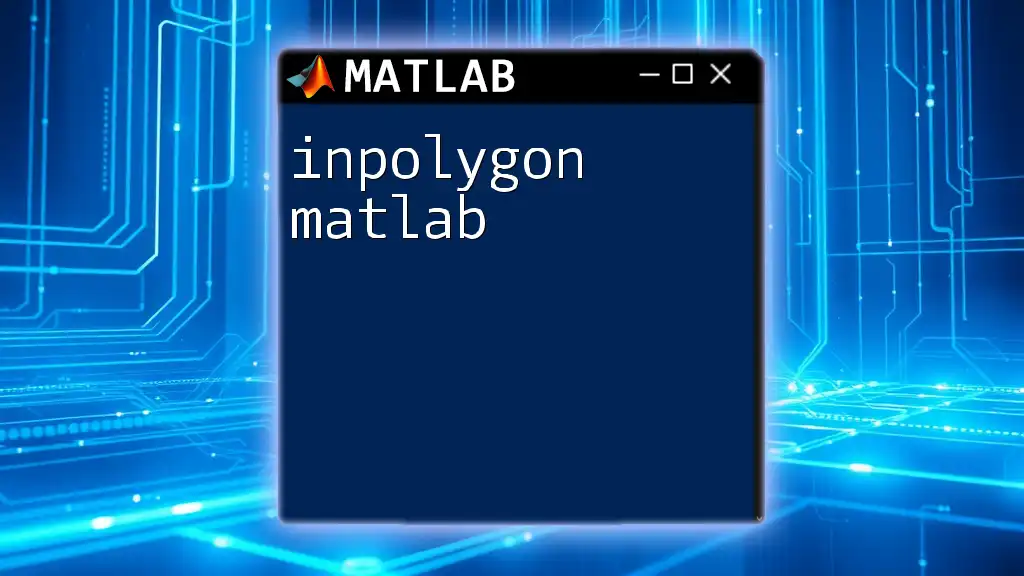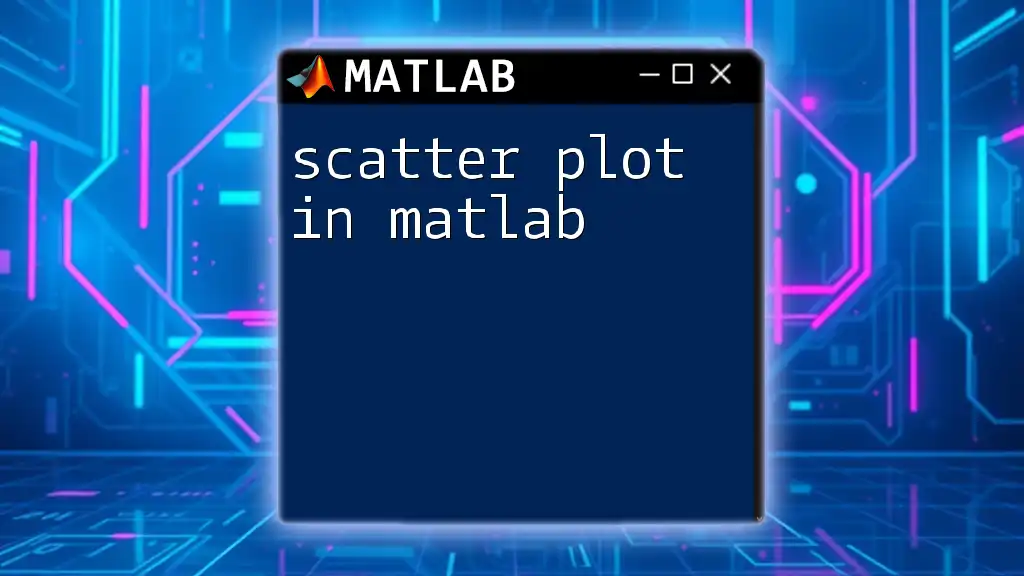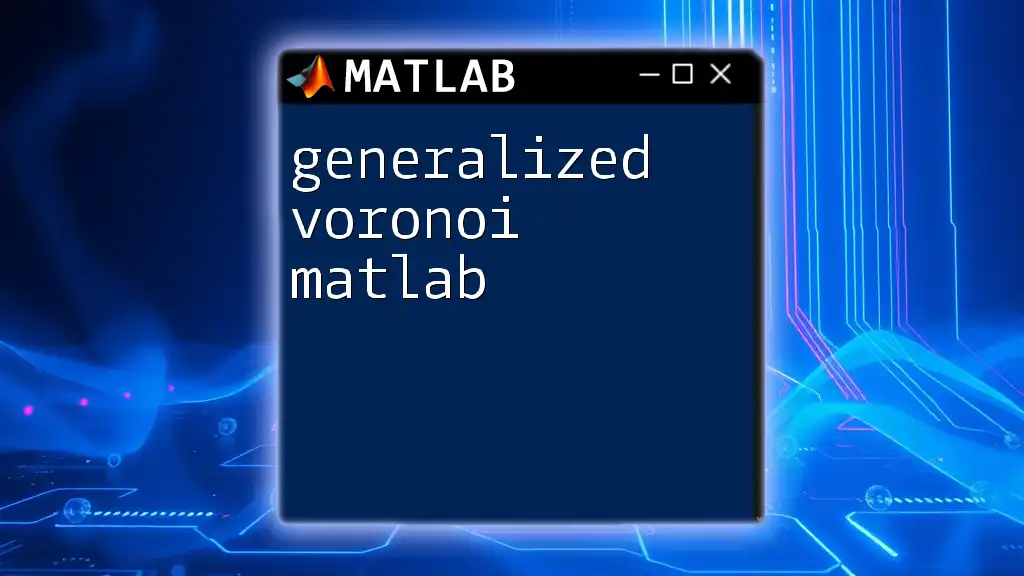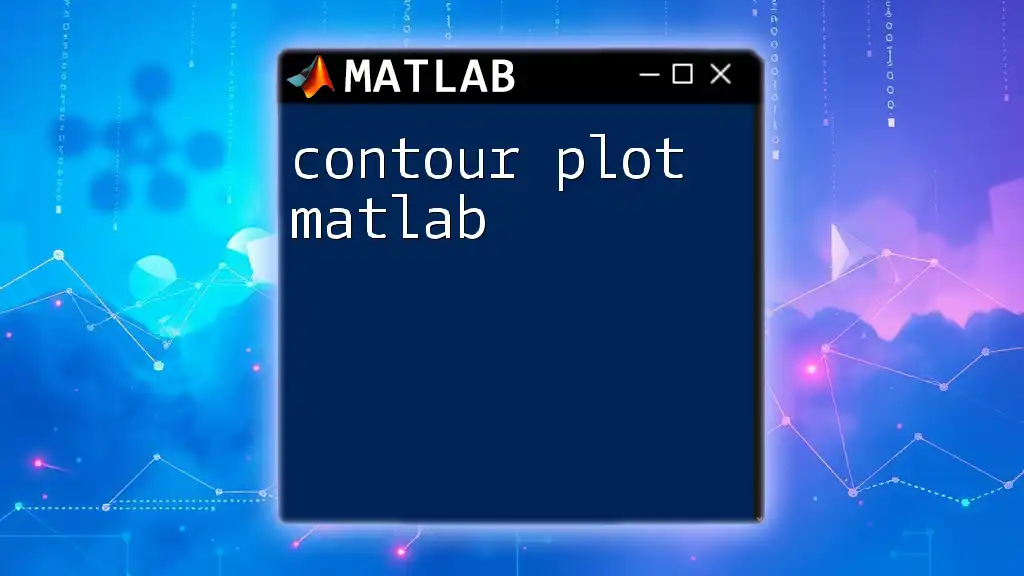The Control System Toolbox in MATLAB provides tools for designing, analyzing, and tuning control systems using various modeling techniques and algorithms.
Here's a simple example of how to create a transfer function and plot its step response:
% Define the numerator and denominator of the transfer function
numerator = [1]; % Example: 1
denominator = [1, 3, 2]; % Example: s^2 + 3s + 2
% Create the transfer function
sys = tf(numerator, denominator);
% Plot the step response
step(sys);
title('Step Response of the Transfer Function');
grid on;
What is the Control System Toolbox in MATLAB?
The Control System Toolbox in MATLAB is an essential collection of tools and functions designed for the analysis and design of control systems. This toolbox provides a variety of tools for modeling, analyzing, and designing linear control systems, making it a versatile choice for engineers and researchers alike.
Key Applications of the Toolbox
- System Modeling: Create mathematical representations of physical systems using transfer functions, state-space models, and zero-pole-gain models.
- System Analysis: Evaluate system behavior under various conditions through time-domain and frequency-domain analysis.
- Controller Design: Develop controllers such as PID controllers, lead-lag compensators, and state-feedback controllers to optimize system performance.
- Simulation: Simulate control system performance using step response, impulse response, and frequency response analysis.
Benefits of Using Control System Toolbox
The benefits of leveraging the Control System Toolbox include:
- Simplification: It simplifies complex control system designs through intuitive functions and models, making it easier for users to perform advanced analyses.
- Visualization: The toolbox offers advanced visualization capabilities through plots and graphs, allowing users to better understand system dynamics.
- Comprehensive Toolset: A rich library of functions aids in everything from basic control system modeling to advanced stability analysis.
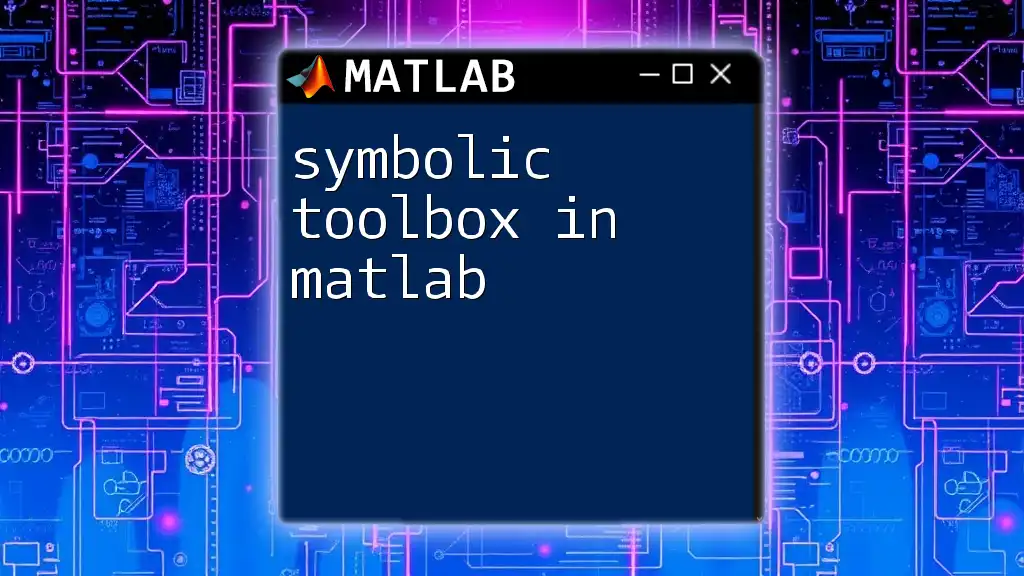
Getting Started with the Control System Toolbox
Installation of Control System Toolbox
To get started, make sure you have MATLAB installed on your computer. Once MATLAB is set up, install the Control System Toolbox via the Add-Ons menu:
- Open MATLAB and navigate to the Home tab.
- Click on Add-Ons and select Get Add-Ons.
- Search for Control System Toolbox and follow the prompts to install.
Initial Setup
After installation, ensure your MATLAB environment is prepared for control systems work. Familiarize yourself with the basic layout of MATLAB and open a new script file to start coding.

Core Concepts of Control Systems
Open-Loop vs Closed-Loop Systems
Understanding the distinction between open-loop and closed-loop systems is foundational in control systems:
-
Open-Loop Systems: These systems operate without feedback. The control action is independent of the output.
- Example: A simple water heater operates with a fixed heating element and does not adjust based on temperature.
-
Closed-Loop Systems: These systems incorporate feedback to regulate the output. The control action is dependent on the output.
- Example: A thermostat-controlled heating system adjusts the heating based on the room temperature.
You can visualize these concepts with MATLAB:
G = tf(1, [1, 2]); % Transfer function for open-loop
step(G); % Step response
Transfer Functions
A transfer function \( G(s) \) represents the relationship between the input and output of a linear time-invariant (LTI) system, defined in the Laplace domain.
Common forms of transfer functions include:
- Proper: Degree of numerator < Degree of denominator.
- Improper: Degree of numerator ≥ Degree of denominator.
You can define and analyze transfer functions in MATLAB:
G = tf([1], [1, 2, 1]); % Define an example transfer function
Furthermore, visualize the frequency response using Bode plots:
bode(G); % Display Bode plot for the transfer function
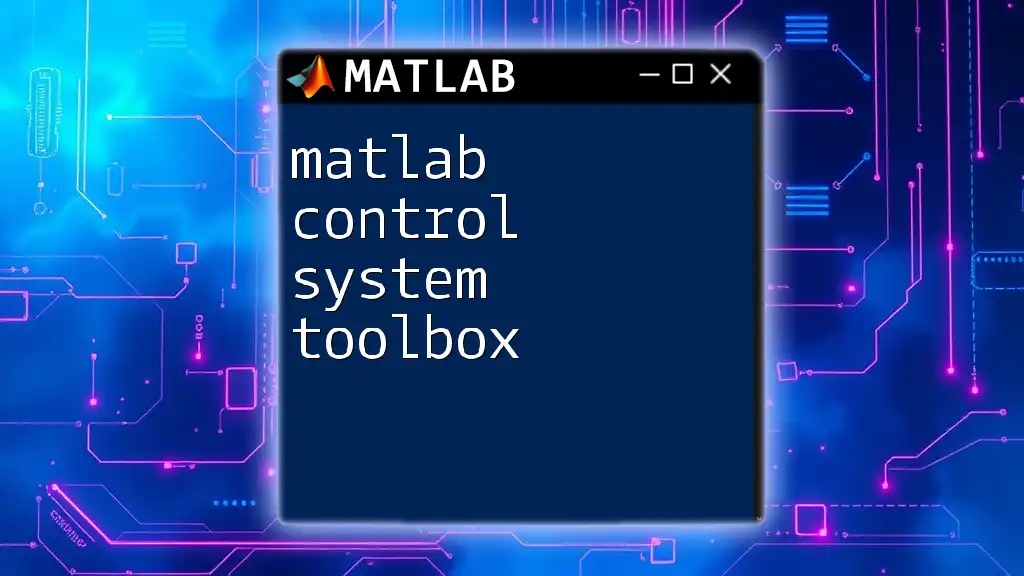
Tools and Functions in the Control System Toolbox
Creating Transfer Functions
MATLAB provides several functions to create transfer functions:
- tf: Creates a transfer function model.
- zpk: Represents systems in zero-pole-gain form.
- ss: Represents state-space systems.
Here's how to define a transfer function in MATLAB:
G_tf = tf([1], [1, 3, 2]); % Transfer function
G_zpk = zpk([1], [-2, -3], 1); % Zero-pole-gain representation
G_ss = ss(A, B, C, D); % State-space representation
System Analysis Tools
Step Response
The step response illustrates how a system reacts to a step input, providing insights into stability and settling time. You can generate a step response in MATLAB:
step(G); % Step response of the system
Impulse Response
Analyzing the impulse response helps to understand the system behavior. The impulse response can be plotted with:
impulse(G); % Impulse response of the system
Bode, Nyquist, and Root Locus Plots
These graphical tools are essential for control engineers:
- Bode Plot: Displays frequency response, showing magnitude and phase over frequency.
- Nyquist Plot: Useful for assessing stability criteria through frequency response analysis.
- Root Locus Plot: Illustrates how the roots of a system change with variations in feedback gain.
Generate these plots using:
bode(G); % Bode plot
nyquist(G); % Nyquist plot
rlocus(G); % Root locus plot
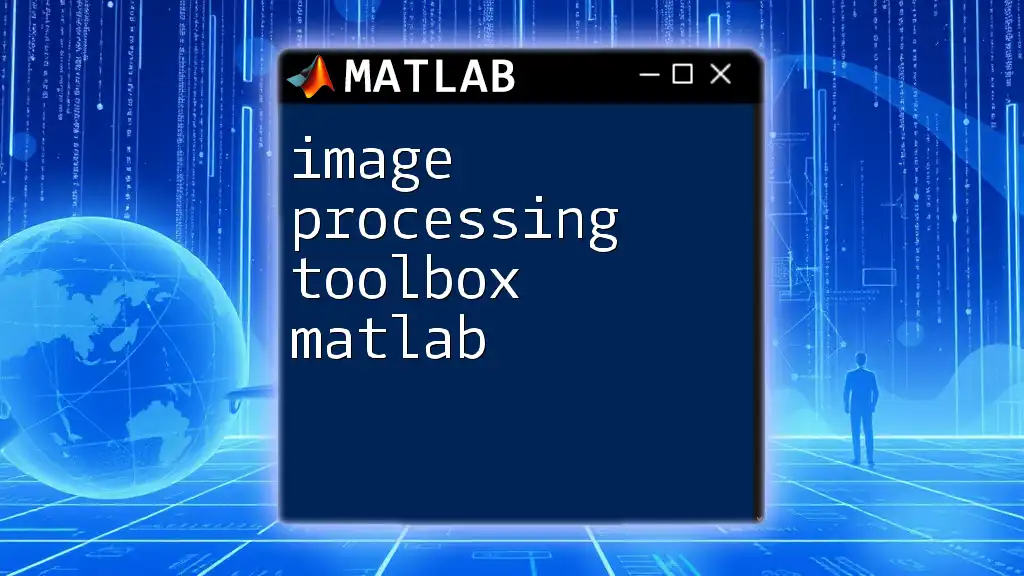
Control System Design
PID Controller Design
PID controllers are widely used in industrial applications. They can be optimized to eliminate steady-state error and improve response time. In MATLAB, you can set up a PID controller as follows:
C = pid(1, 1, 0.1); % Define PID controller
T = feedback(C*G, 1); % Closed-loop transfer function
step(T); % Step response of the closed-loop system
State-Space Control Design
State-space modeling is crucial for analyzing systems with multiple input and output dynamics. You can establish state-feedback controllers and analyze stability through pole placement:
A = [0 1; -2 -3]; B = [0; 1]; % Define state-space matrices
K = place(A, B, [-1 -2]); % Pole placement for feedback control
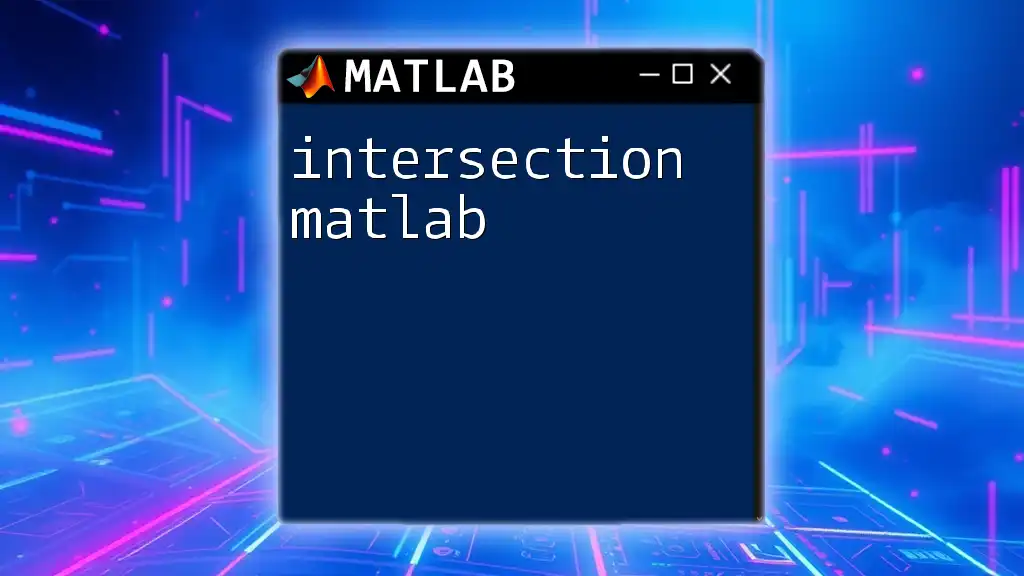
Advanced Features of the Control System Toolbox
Linearization of Nonlinear Systems
Nonlinear systems often need to be linearized around an operating point for analysis. MATLAB supports this through the `linearize` function, useful in many control applications:
syslin = linearize('myModel'); % Linearization of a Simulink model
Frequency Response and Stability Analysis
This involves assessing how systems respond to varying frequencies and determining system stability using methods like Routh-Hurwitz criteria or Nyquist plots. MATLAB has built-in functions that assist with this evaluation.
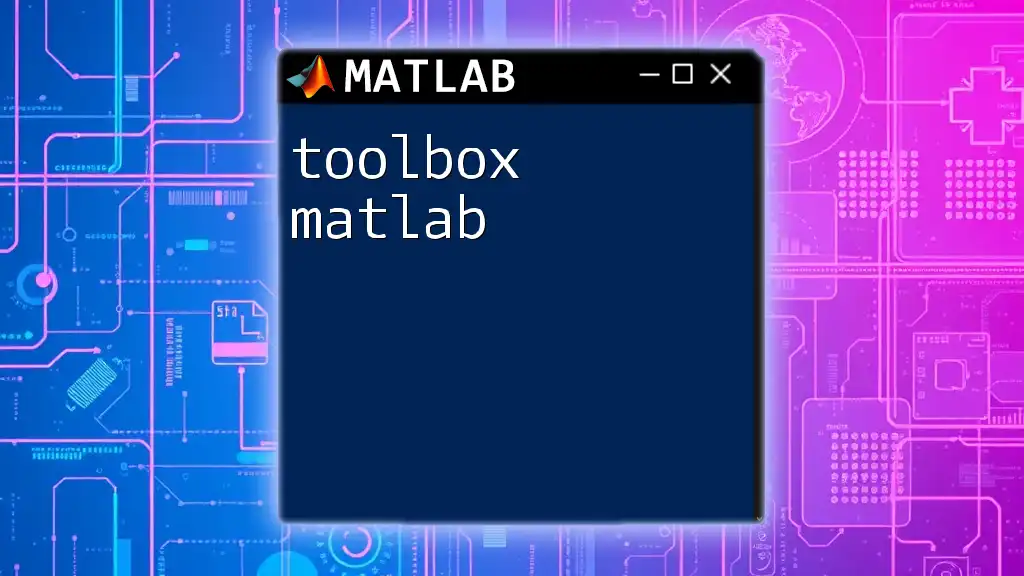
Applications of Control System Toolbox
The Control System Toolbox finds its applications across various engineering sectors. Key areas include:
- Aerospace: Control of aircraft systems for stability and maneuverability.
- Robotics: Managing robot motion and feedback systems for precision.
- Automobiles: Dynamic control in vehicles for safety and efficiency.
Real-world success stories often highlight the MATLAB Control System Toolbox as vital in advancing technologies and improving system reliability.
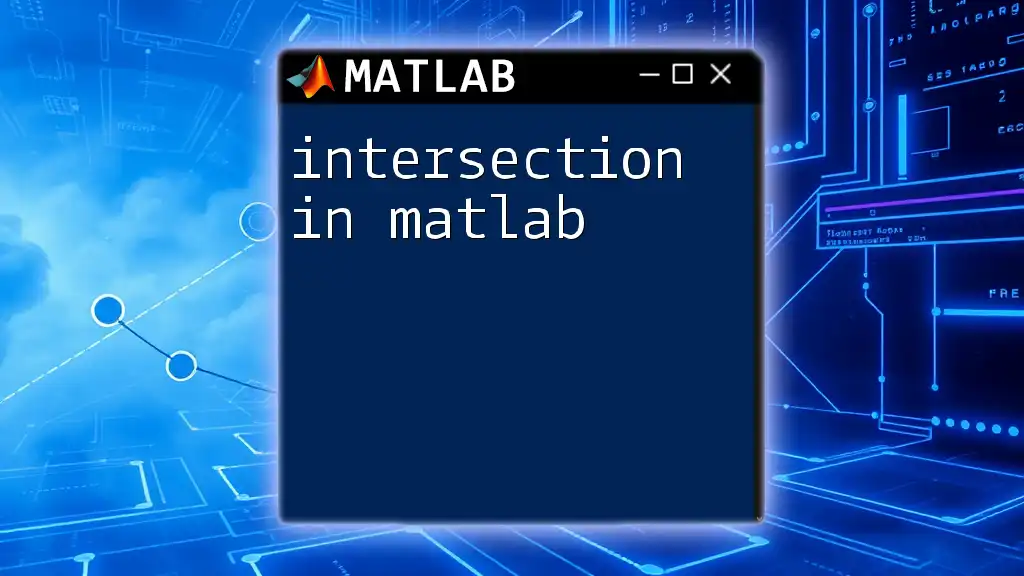
Tips and Best Practices
To maximize your experience with the Control System Toolbox, consider these best practices:
- Start simple: Begin with basic models and gradually introduce complexities.
- Utilize built-in functions: Leverage MATLAB’s extensive library to streamline your workflow.
- Document your code: Proper annotations can aid in understanding your models in the future.
Common Pitfalls to Avoid
- Avoid overcomplicating models initially; focus on fundamental systems first.
- Be cautious of assumptions regarding linearity; validate linearization assumptions before proceeding.
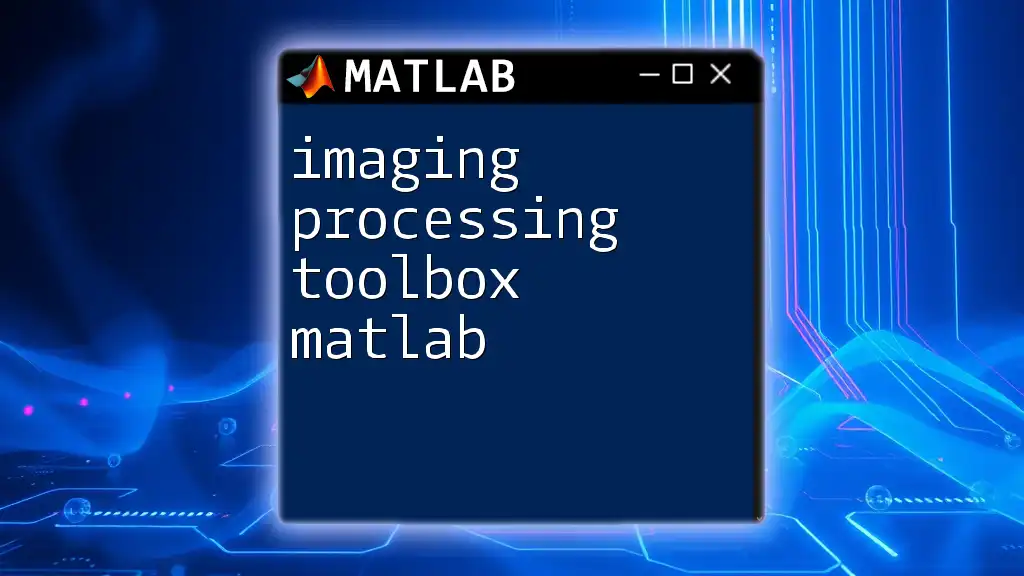
Conclusion
The Control System Toolbox in MATLAB is a powerful ally in the design, analysis, and simulation of control systems. It streamlines complex tasks through robust modeling and visualization capabilities, making it accessible for both novice and experienced engineers.
With a strong foundation in control system principles and MATLAB functionalities, you can confidently tackle engineering challenges and optimize system performance.

